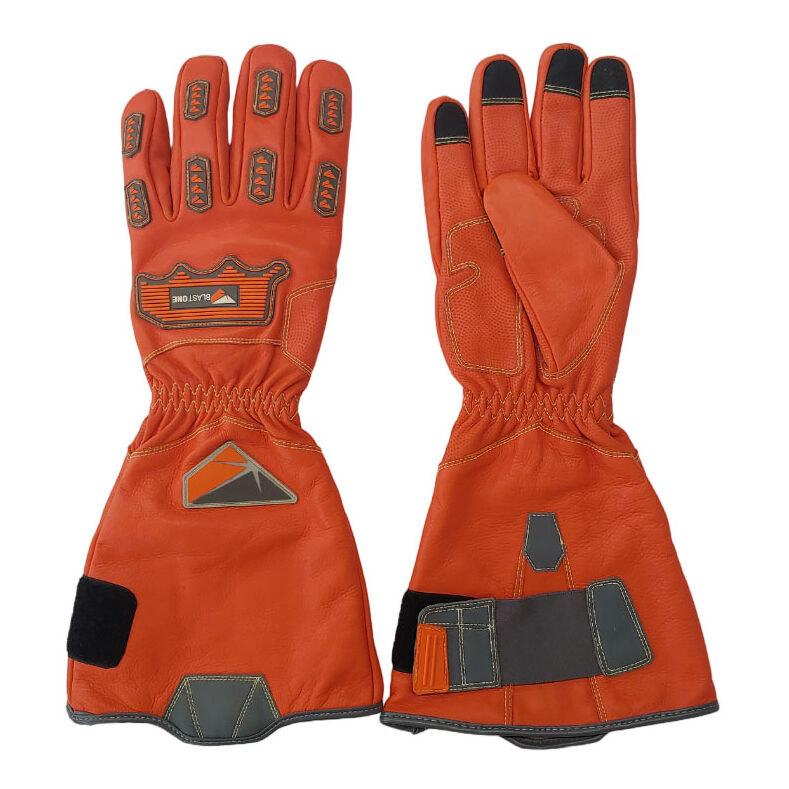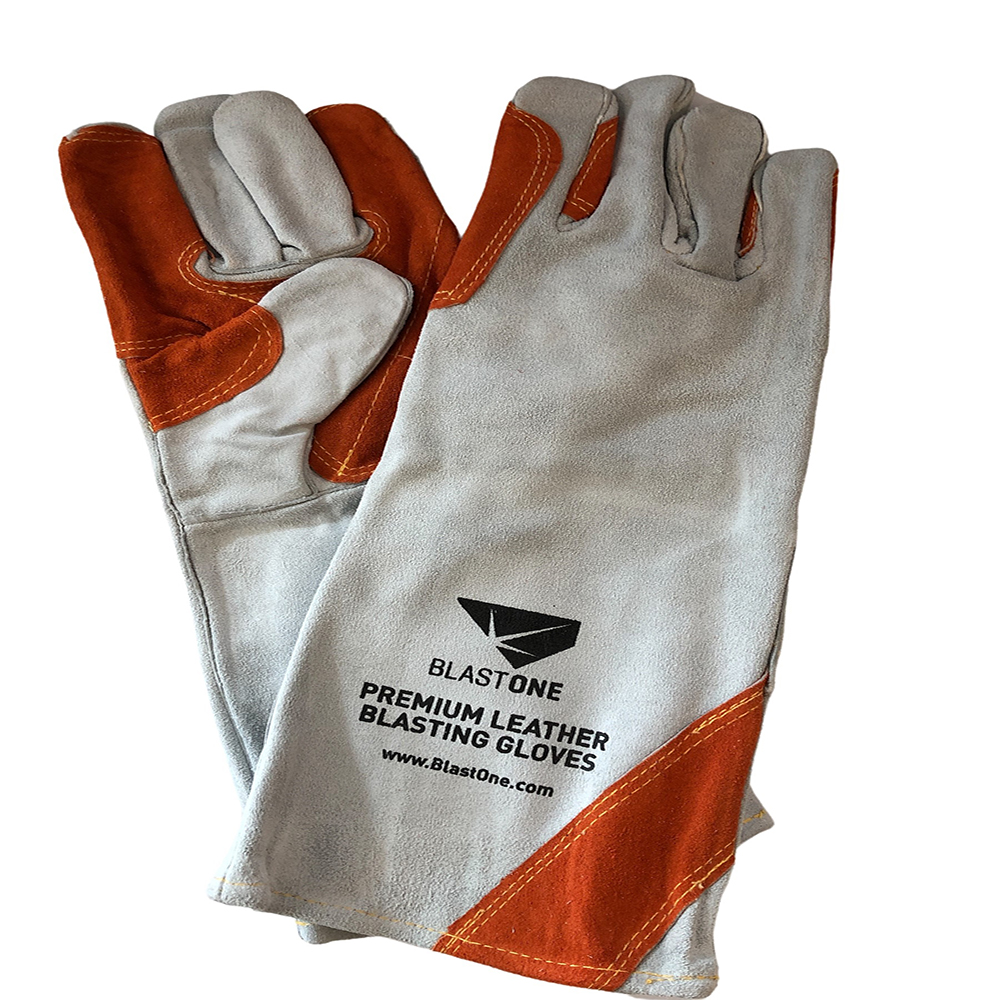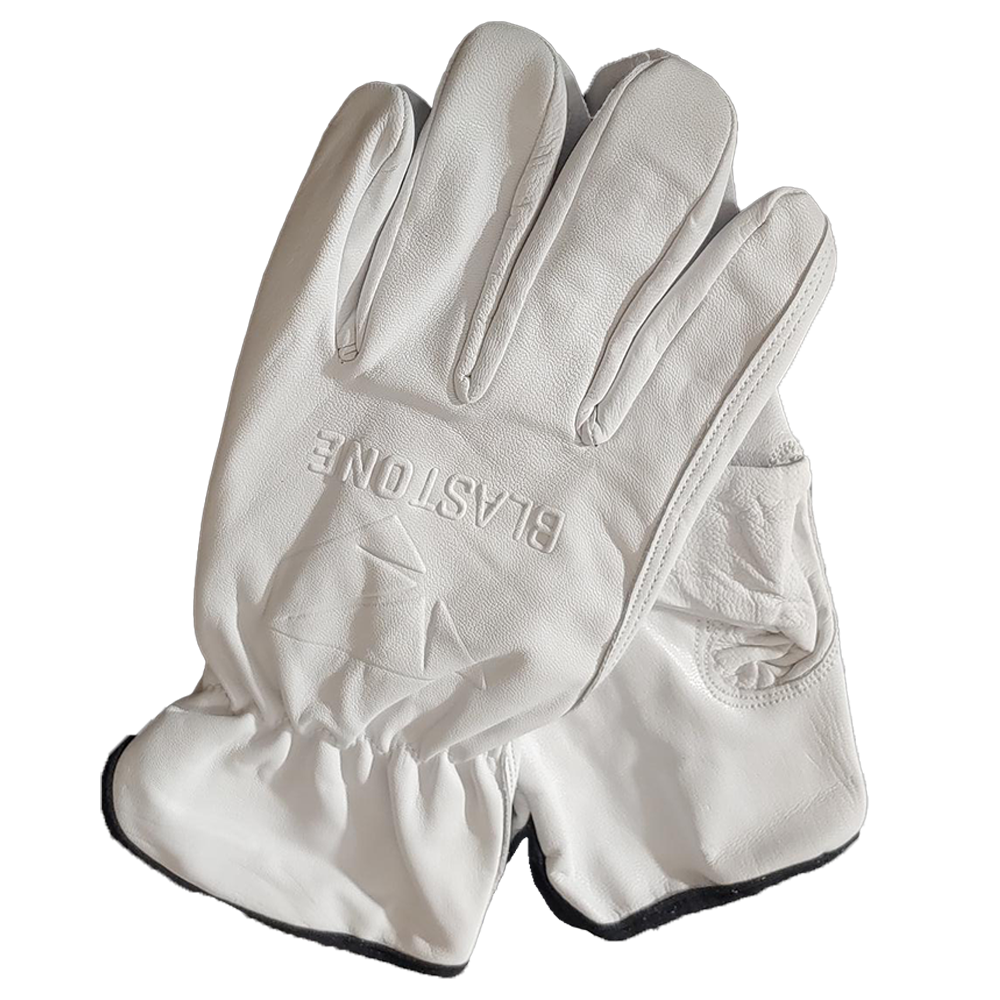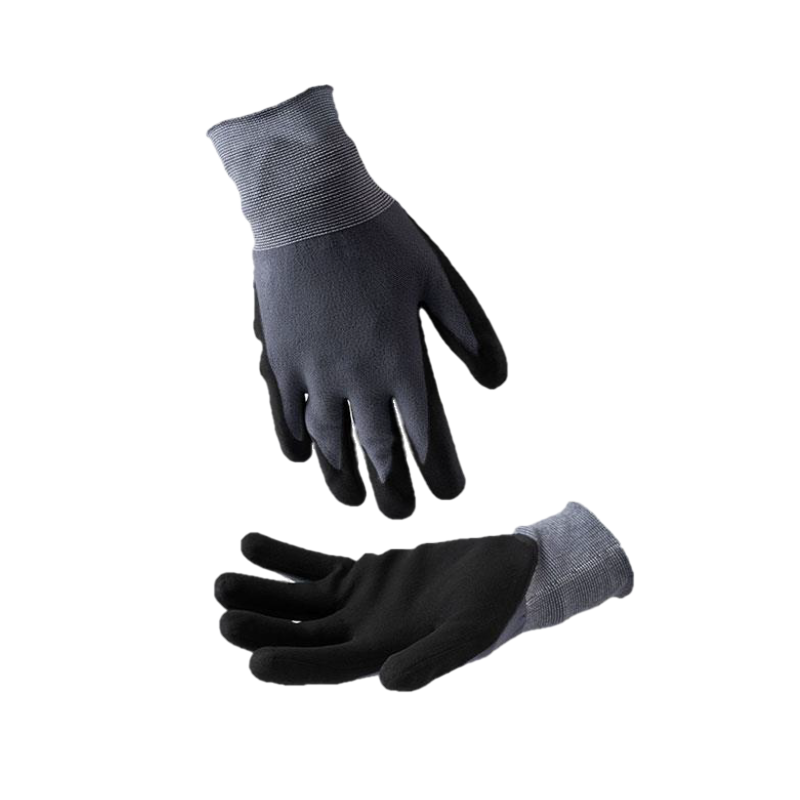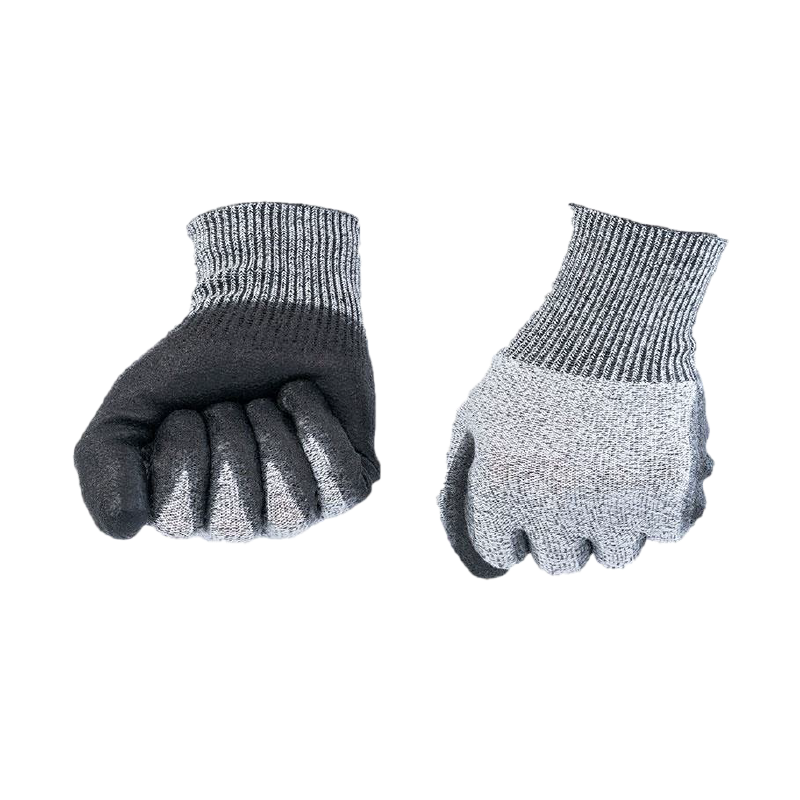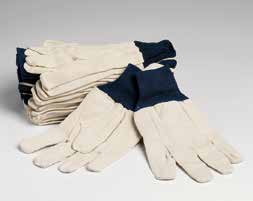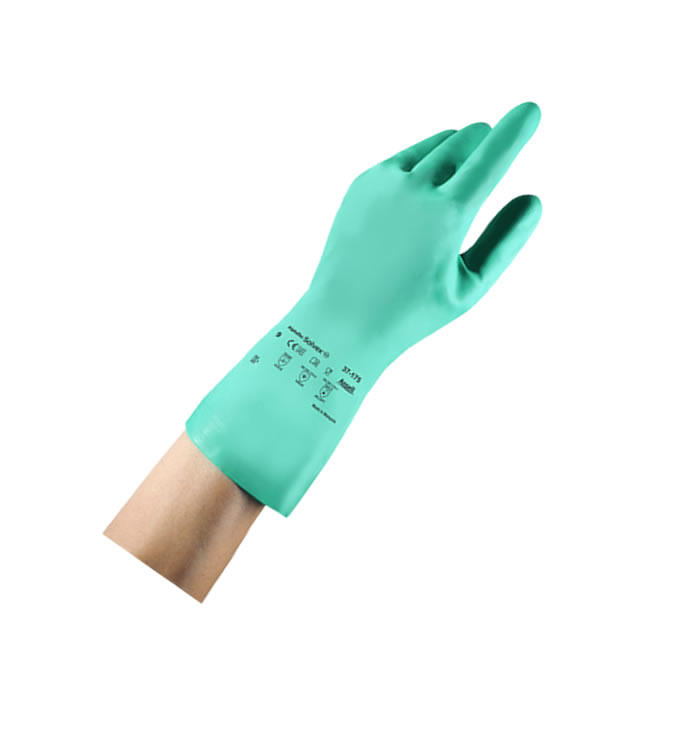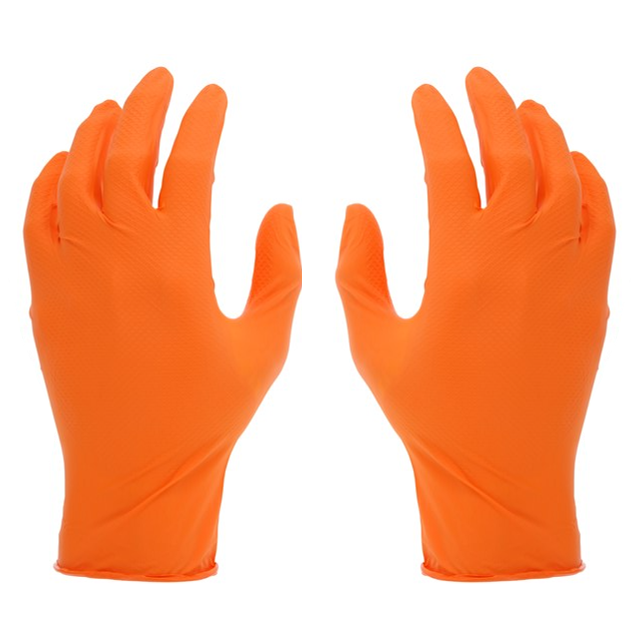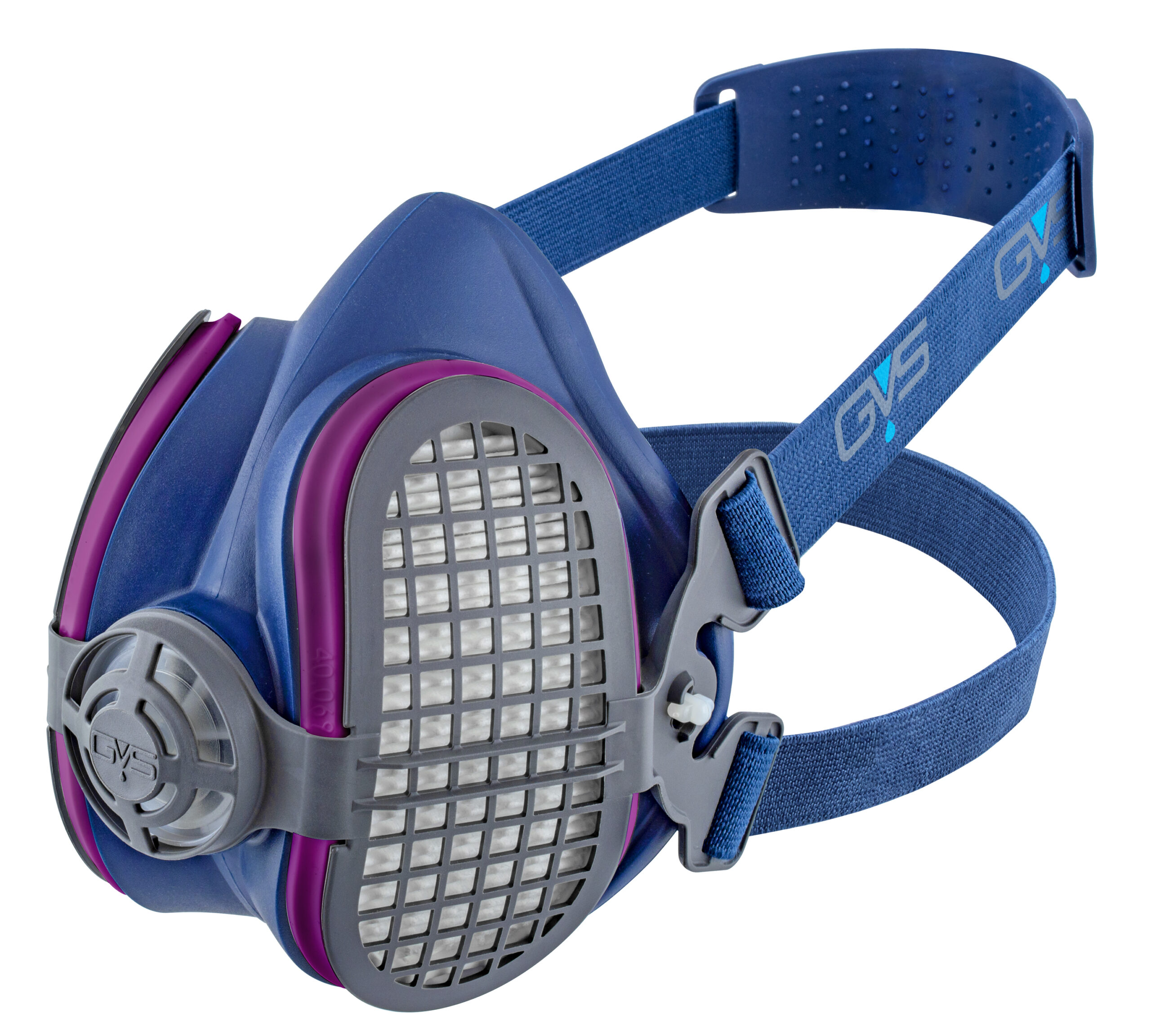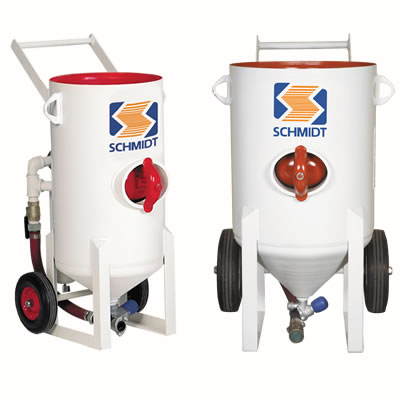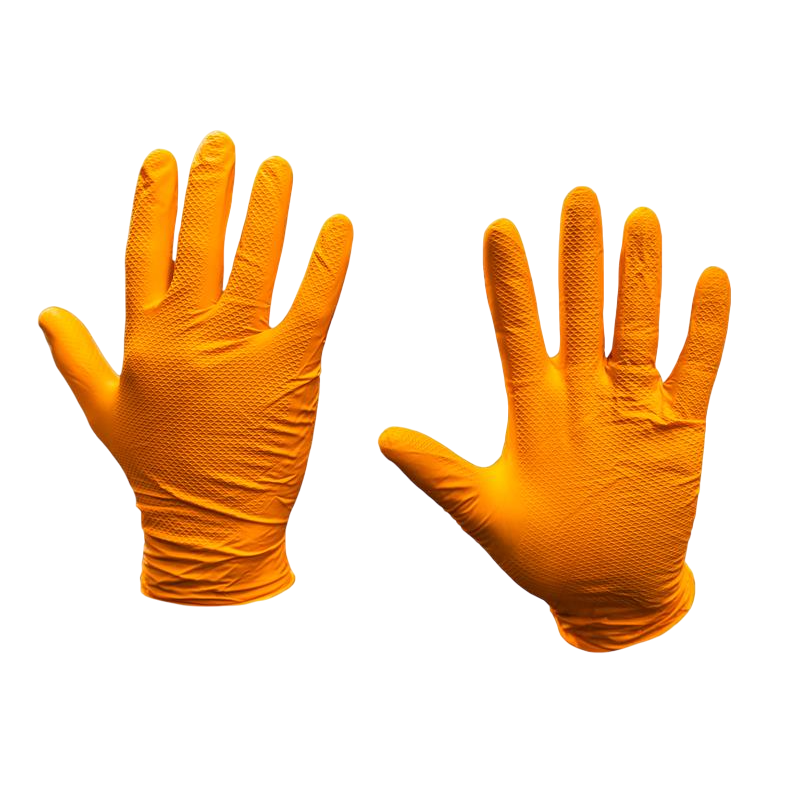Cut ratings indicate the glove’s resistance to cutting hazards. The higher the rating, the more protection the glove provides against cuts. Different regions have different standards for cut ratings. Here’s a brief overview of the most common standards:
________________________
EN 388 (European Standard)
This standard uses both the “Coup Test” and the “TDM Test” for gloves manufactured after 2016.
Ratings are represented by a series of four (or more) numbers (e.g., 4X43C). The third number (or letter X if not tested) represents the Coup Test result, while the last character (a letter from A to F) represents the TDM Test result, with A being the lowest and F the highest cut resistance. For the EN 388 and ISO 13997 standards, the cut rating goes up to F.
________________________
ANSI/ISEA 105 (American Standard)
This standard uses the “ASTM F2992-15 Test” and rates gloves from A1 (lowest) to A9 (highest) based on their cut resistance.
A1 gloves can withstand weights of 200-499 grams, while A9 gloves can withstand weights of 6000+ grams.
ISO 13997 (International Standard) For the ANSI/ISEA 105 standard, the cut rating goes up to A9.
________________________
It’s essential to understand the specific standard referenced when looking at glove cut ratings to ensure you’re getting the appropriate level of protection.
 My Account
My Account

